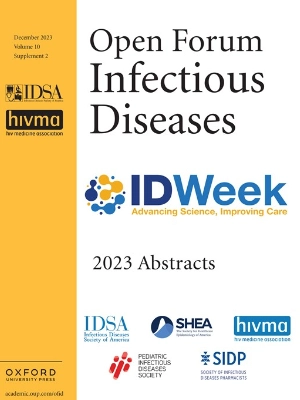Kevin Li, Riya Desai, Ryan T. Scott, Joel Ricky Steele, Meera Machado, Samuel Demharter, Adrienne Hoarfrost, Jessica L. Braun, Val A. Fajardo, Lauren M. Sanders, and Sylvain V. Costes. npj Microgravity volume 9 (December 2023).
Abstract.
The adverse effects of microgravity exposure on mammalian physiology during spaceflight necessitate a deep understanding of the underlying mechanisms to develop effective countermeasures. One such concern is muscle atrophy, which is partly attributed to the dysregulation of calcium levels due to abnormalities in SERCA pump functioning. To identify potential biomarkers for this condition, multi-omics data and physiological data available on the NASA Open Science Data Repository (osdr.nasa.gov) were used, and machine learning methods were employed. Specifically, we used multi-omics (transcriptomic, proteomic, and DNA methylation) data and calcium reuptake data collected from C57BL/6 J mouse soleus and tibialis anterior tissues during several 30+ day-long missions on the international space station. The QLattice symbolic regression algorithm was introduced to generate highly explainable models that predict either experimental conditions or calcium reuptake levels based on multi-omics features. The list of candidate models established by QLattice was used to identify key features contributing to the predictive capability of these models, with Acyp1 and Rps7 proteins found to be the most predictive biomarkers related to the resilience of the tibialis anterior muscle in space. These findings could serve as targets for future interventions aiming to reduce the extent of muscle atrophy during space travel.












